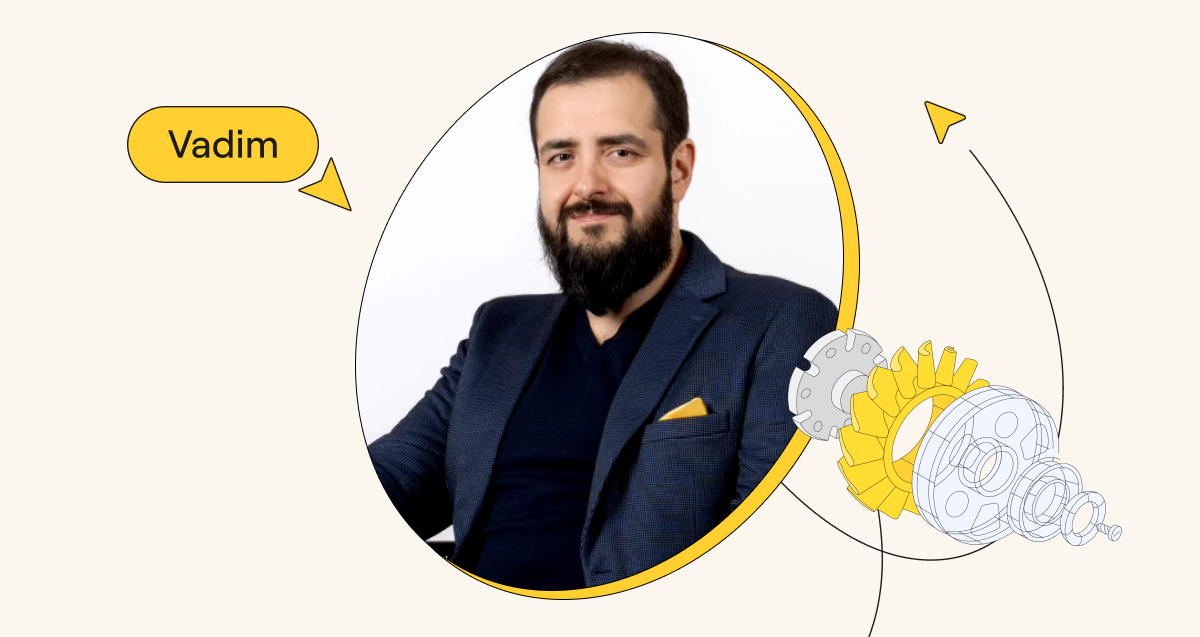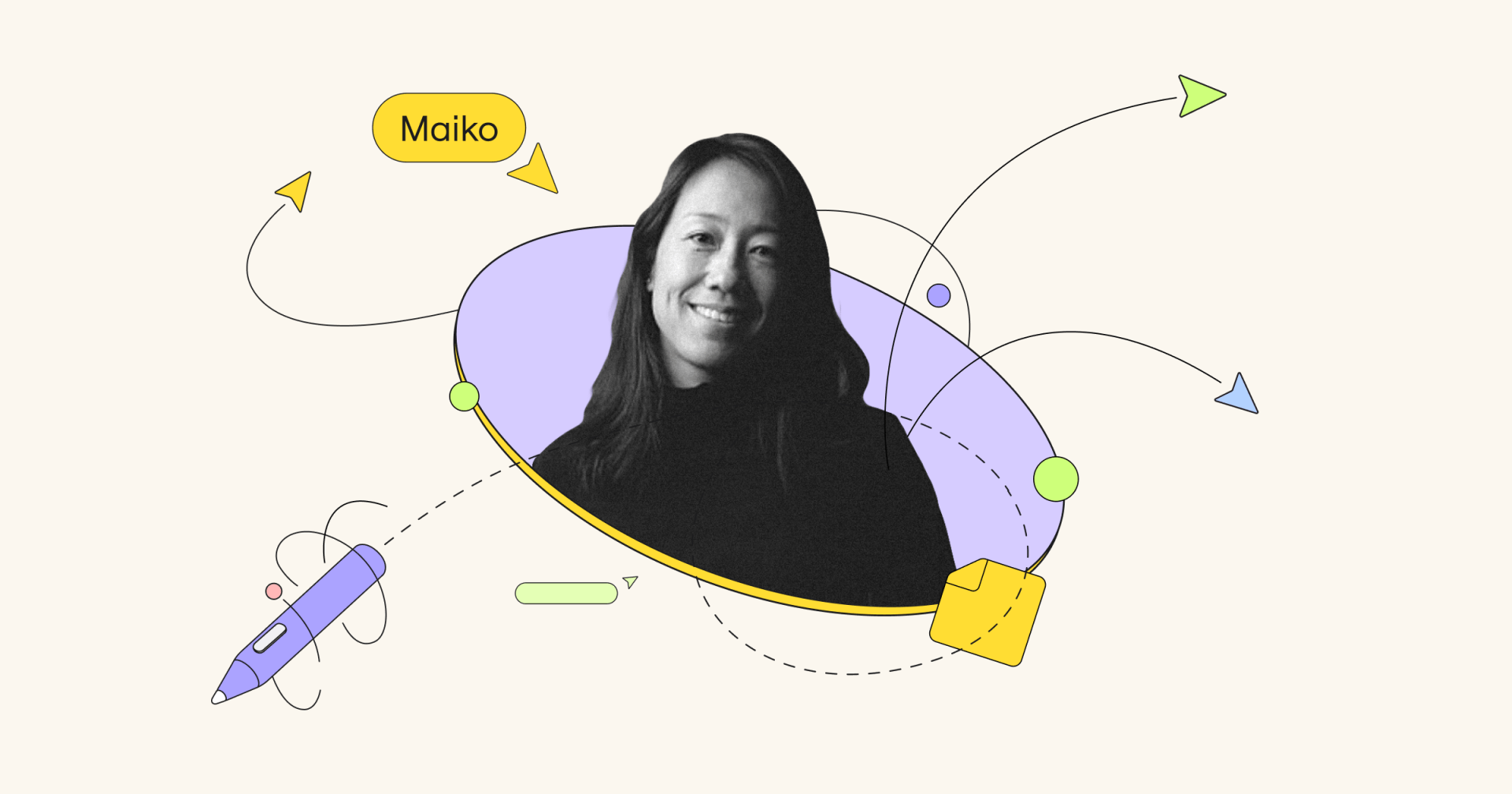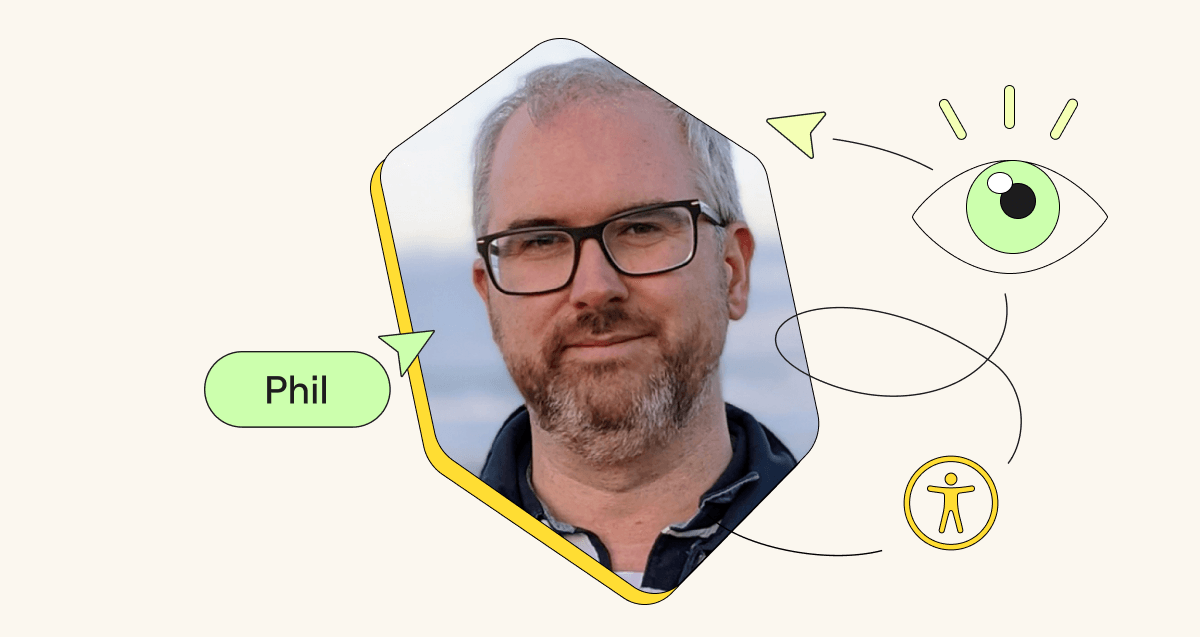Technology is both my work and hobby, and that has been the case for my entire life. I started really early, I got into math when I was four years old, and into computers when I was 11. My mom used to be a software engineer working with mainframes, and she would bring me to her work from time to time. I was a kid and for me, that was love at first sight. Then, when I was about 13 years old, I discovered the world of information security and hacking. Fast forward 30 years and I have built a successful career out of my passion for IT and my love of technology.
In 2020 this journey brought me to Miro, where I joined as Chief Technology Officer (CTO). You could say that technology is a lifelong passion of mine.
Today I’m more of an entrepreneur and investor than just an employee. I’ve been through several phases of my career and considered taking a different path. But ultimately, managing technology at scale, and the intersection of different skills that this requires, is what excites me the most. I also love working with people so this combination of tech and people is exactly the right spot for me.
Miro’s engineering organization in hypergrowth
There are four main focuses for what I do at Miro as CTO. The first is scaling and leading the engineering team.
The second is continuously evolving Miro’s architecture and technology to enable the growth of our product in terms of functionality while maintaining stability, scalability, quality, security, compliance, and performance.
The third involves partnering with the Product organization to define the product functionality, especially in core foundations and enterprise readiness.
The fourth is simply being a leader in the company. Alongside other Miro leaders including our CEO Andrey Khusid, I think a lot about the strategic side of things and how we should be building this company.
Since I joined Miro, the engineering organization has grown 6x, from 120 people to more than 730 today, and it keeps growing.
I strongly believe we still maintain the same positive start-up spirit, and from a cultural perspective, I feel we are a very modern company.
Miro’s hypergrowth and strong financial performance also mean we can treat any employee here as a partner, as they are all shareholders. Together, we are building a company that is capable of delivering an incredible product that our users love, but at the same time, we are establishing an organization in which colleagues have a sense of personal ownership and collective responsibility for delivering success. Miro is a rocket ship, and we are in the enviable position of being the market leader in our sector. But now is not the time to relax and enjoy the view. We need to keep the thrusters on full blast and shoot for the moon!
Challenges of collaboration at scale
Collaboration at scale within the Miro product requires a lot of people to work together in real-time with huge boards and very large sets of content. Sometimes, we have meetings where hundreds of participants join simultaneously and interact with the board. From simple use cases like moving their cursors, putting stickies, or creating AI-driven content to sophisticated ones such as PI planning. And we as a technology have to enable that, without compromising on performance and user experience.
From a technical point of view, we are developing one of the most complex web products on earth.
Our backend component, the board server that processes all the boards, is also quite a masterpiece. We are trying to squeeze out every millisecond for our users, and that’s with all the functionality we are providing. So the technical requirements of the platform are exceptionally high. And going forward, we are increasing this complexity further and further.
This is why we rely on ongoing partnerships with engineers from companies like AWS and Google Chrome. We are all working together and pushing each other to the limit to drive maximum performance from our products.
Building Miro’s product and engineering culture
Even before I joined Miro, I was excited about the tool, I was excited by the aim to create an infinite canvas that you can bring any type of content onto. With Miro, you can invite people and synchronously collaborate with them, ideating and creating together, and then go back to async mode. And while Miro looks like one product, realistically, it’s a platform ecosystem.
We know that there are millions of knowledge workers in all kinds of industries and job roles that use Miro today, and it is an invaluable part of their work. But also we know that there are certain job functions and types of work that can derive even more value from Miro and its deep range of functionalities. I’m particularly passionate about helping those teams and seeing what they can achieve on Miro.
Miro is a unique challenge for people who love architecture at scale, performance, large-scale, and large-volume SaaS products.
Within the company, we use Miro on a daily basis. It’s great because not many software developers get the chance to do what we call “dogfooding” or using our own product. Here our engineers use the product consistently and work closely with users to make sure we’re actually building the next big thing. It’s ideal for people who are inspired by the idea to innovate and build this great product.
Miro is at a really interesting stage right now. I think a lot of people, especially in more senior positions, are tired of politics and bureaucracy in bigger companies. They want a start-up, but a more established and mature one. So I think Miro works well for many leaders and seasoned professionals.
The Engineering culture at Miro is all about partnering, engagement, accountability, and creation, and that’s how we operate. We all work together, partnering to create a space for innovation and collaboration. The people who have that same mindset, with an entrepreneurial approach – those are the people we want on our team.



